
MARK V. LORD | L.A. NOIR
11 – 20 – 2016
Written by Baha H. Danesh
Featuring Mark V. Lord
Currently on view at the Palos Verdes Art Center is Mark V. Lord’s effervescent solo show titled L.A. NOIR, curated by Gail Phinney.
Throughout his solo show, viewers can experience Mark’s depiction of Los Angeles where dark shadows and mysterious characters play an essential role within each work of art.
Curator Gail Phinney states:
“Lord’s evocative images function as imaginary movie stills documenting an L.A. noir film that never was. The incongruity of text and image confounds expectations and challenges conventional constructs of storytelling. The resulting installation engages viewers to shape their own narratives, while revealing the creative process of this singular writer and photographer.”
Mark is a photographer that implements his immediate surrounding as his infinite canvas. He copiously captures the beautiful sights, stories, and identities of his environment. His curiosity is what drives his love for photography. He freely roams the streets of the world by capturing the attention of people who may or may not be the typical museum or gallery visitors.
As he moves between visceral public experience and meaningful personal narrative his photographs tell a story that everyone can relate with. Snip bits of text and dialogue inspired by crime scene and criminal trial transcripts are cryptically inscribed on each photo. His photographs are deliberately enigmatic. In fact, he creates an anonymity that is crucial to the integrity of his work.
Mark was born in Baltimore but soon traveled out to New York and Los Angeles to concentrate on screenwriting. During this time, he picked up a camera and started documenting his world. Coming from a self-taught photography background allowed Mark to break the fundamental rules of photography by capturing moments based on raw confidence and raucous emotion.
The We Choose Art team was curious to find out more about Mark and his artistic vision. So, in an effort to tame our obsession, we asked him a series of questions and discussed his current solo show at PVAC.
Throughout your PVAC exhibit, which one of your photographs is your favorite? And why?
“You ever ask a mother which child is her favorite? Of course, she will tell you that loves all her children equally, oftentimes for the individual characteristics that make each wholly unique. And it is true. But there is always secretly a favorite, a standout that outshines the others —although over time, the favorite will change. But for now, if forced to select a favorite, I’d go with one of the large prints —a yellow hued twilight wildfire, shot from a moving car in the desert outside of town. The true-crime details of the vignette come from an actual homicide case in Los Angeles in which a doctor and his mistress murdered the doctor’s wife for her considerable family inheritance. Why this particular piece above the others? In combining fleeting, impressionistic, decontextualized images with fleeting, impressionistic, decontextualized text, the intended outcome was the creation, through juxtaposition and counterpoint, of an overall atmosphere of ominous and gauzy dreamlike alienation, disorientation, impending doom and confusion –the sensation of Noir. I feel this image best accomplishes my intentions.”
Has your style of photography changed since moving to Los Angeles?
”On the street, you work with your environment. In New York life is extroverted and pushed out into the streets. And New York has seasons and weather –snow, rain, foliage, bare trees in winter, blooming trees in spring, etc. Combined, the streets of New York provide a rich and vibrant palate. On the other hand, Los Angeles speaks in a wholly different voice. With the unrelenting, blinding desert sun and a parched palate, I find myself using black and white more often, which is more suited to the play of hard light and deep shadow. And with churn and movement of the masses mostly off the street, in their cars as the throng inches through traffic, I have found myself more frequently slowing my shutter speeds way down to around 1/40 and incorporating motion and blur into the compositions in order to convey that flow of vehicular movement across the vast city of Los Angeles.
But the process, despite the vast differences between the two cities remains largely the same. For an image to tell a story, you must penetrate into a zone of intimacy with your subject. You must build trust. In my wonderings, I keep it local, in my own neighborhood, breaking down the natural barriers that exist between strangers. Over time I get to know the available characters –the parking lot attendants, security guards, small business owners, the old man who always sits on his front steps in the evening, the cashiers at the corner store, the waiters and waitress, etc. I photograph them all. And everyone I photograph soon thereafter receives a print of their image –oftentimes with extra copies for them to give to their families and loved ones. This way, step-by-step, I become the familiar, friendly face –who is always with a camera. And, slowly, I earn enough trust and permission to make my neighborhood mine, to take my camera almost anywhere. That’s when you start to get the good stuff.”
What is it you want to say with your photographs, and how do you know who / what moment you want to capture?
“Generally speaking, I’m of the opinion that when a photograph is trying to “say” something, it is speaking too loudly. I aspire to provoke a gut emotion –a fleeting feeling, usually bittersweet. That deep ache or pang of things past –the lost moments in time.
And there is no way of predicting moments. That is the absolute most essential component of the emotional impact of the image. So the key to capturing these fleeting moments is to always be ready. Make certain you are constantly calibrating your camera settings to the available lighting. Be aware of your focus-area settings. Be watchful of your surroundings. Anticipate what will happen next and be in position when it does. “
How is your personality reflected in your work?
“Another difficult –that is to say, good– question. With dual careers in professional screenwriting and photography, I am undeniably obsessed with story and storytelling. And I believe –deeply and with great conviction– that no stories are more important than our own individual stories. And with this belief reigning supreme, I feel an intense obligation to fill the void in the storytelling of the lives of the good people who surround me. To approach the question from a different direction, when I am asked why I do what I do –which is often, my most concise response is to ask rhetorically, “After their loved ones and pets, what is the first thing people save in a house fire?” Inherently, everyone knows the answer: the family photographs. In essence, the means to tell their stories and pass them down to future generations. And, furthermore —as a dyed-in-the-wool cynic– I believe that, at the end of the day, life is truly not about what you’ve gained, but what you’ve lost –friends, loved ones, opportunities, relationships, youth, time… The photographs are their stories —but of a moment in time that has already past and is now quickly receding into the ether of memory…That is the bittersweet in the images. We are all haunted by what has been lost and the memory of these beautiful fleeting moments of which we were hardly aware of at the time and now can never get back…”
And lastly, What has been the most memorable moment you’ve experienced as a photographer?
“Rather than single out any specific moment –there are far too many to even consider selecting one over another—permit to sidestep the question and answer thusly: Every time I deliver the prints to my subjects –be they close friends or complete strangers– my belief in the power and importance in the telling our collective stories through photography is reaffirmed.”
L.A. NOIR, will remain on view at the Palos Verdes Art Center through December 31st. For more information about the artist visit his website at MarkVLordPhotography.com. For more information regarding L.A. NOIR or the Palos Verdes Art Center Visit PVArtCenter.org.

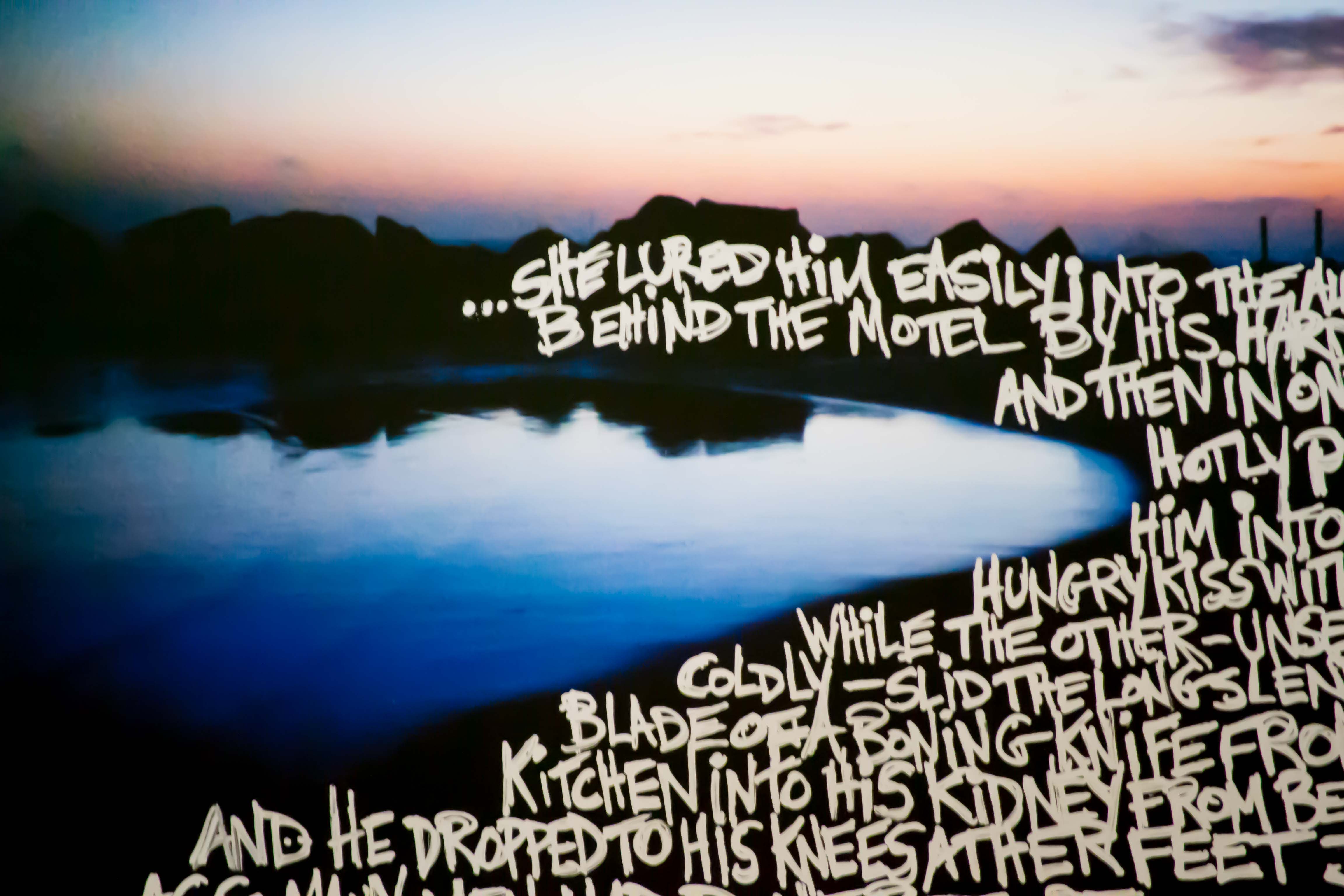
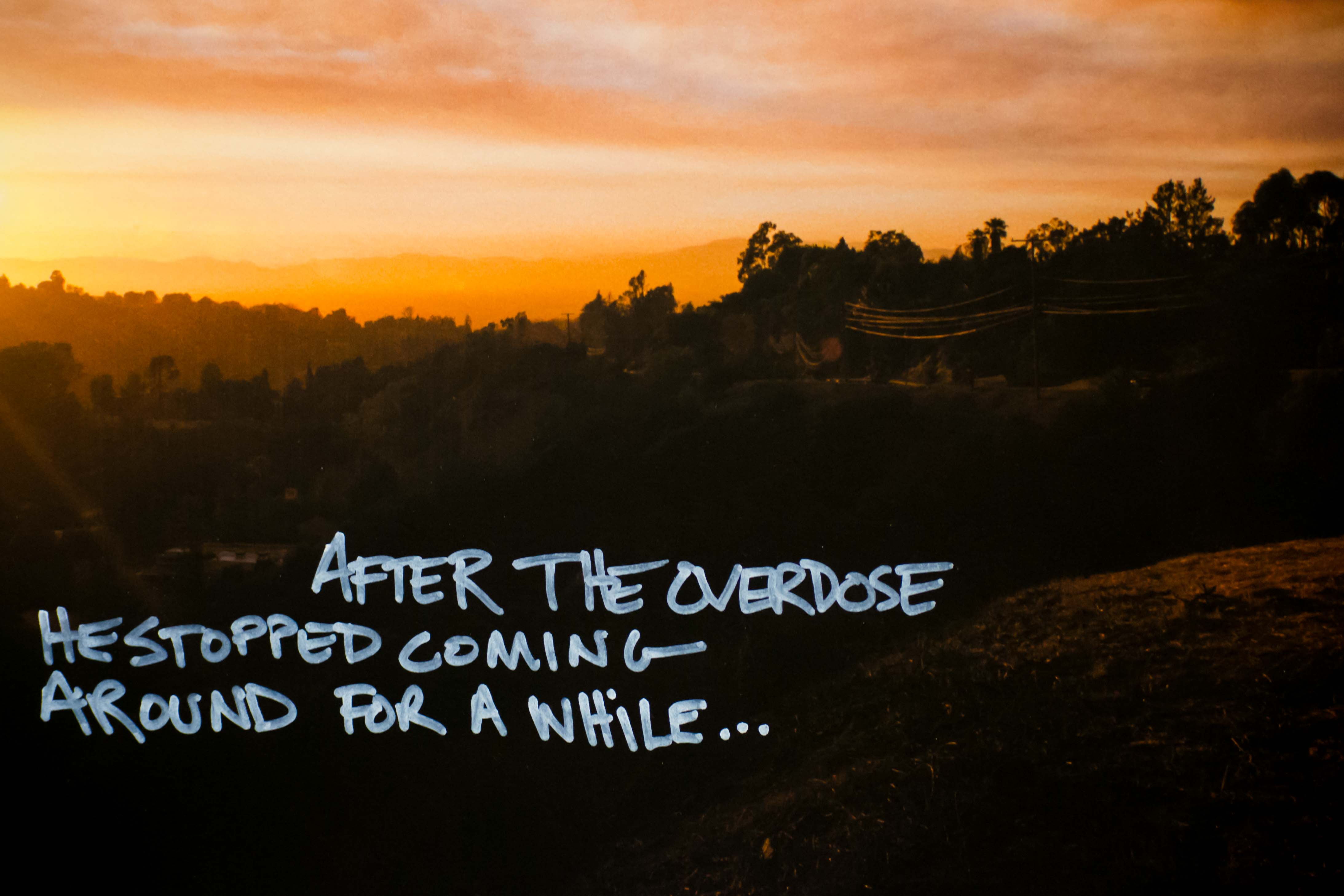


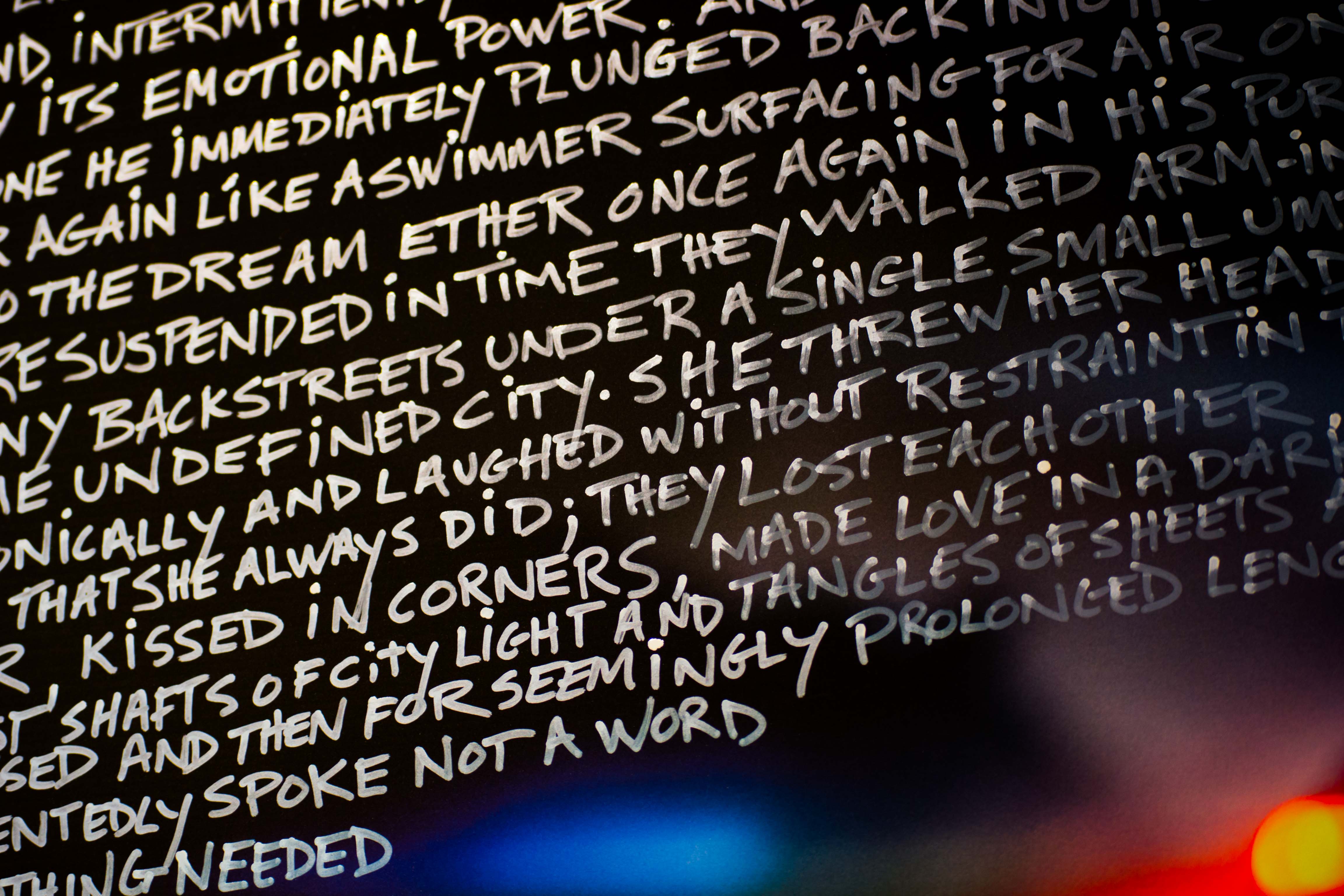

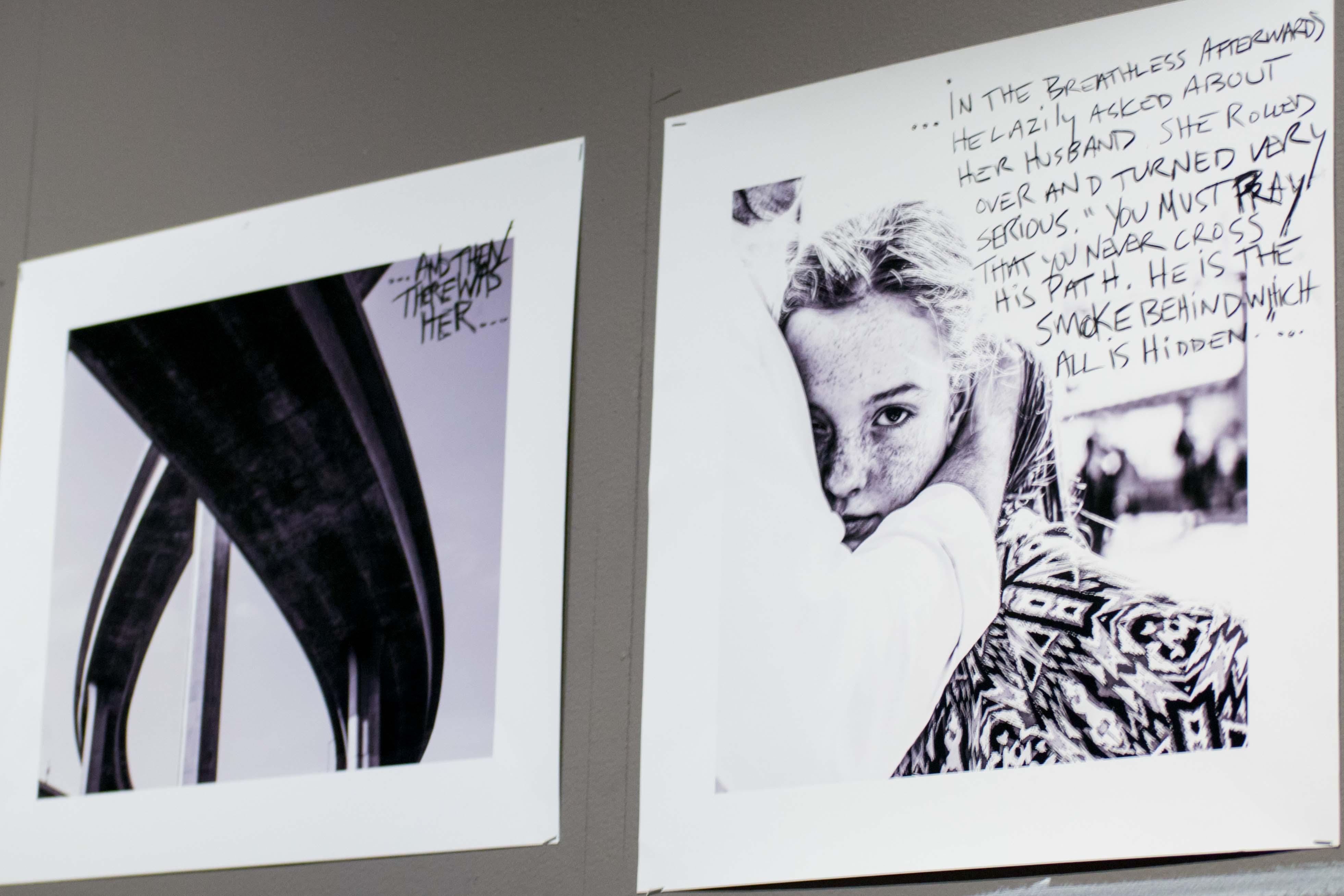
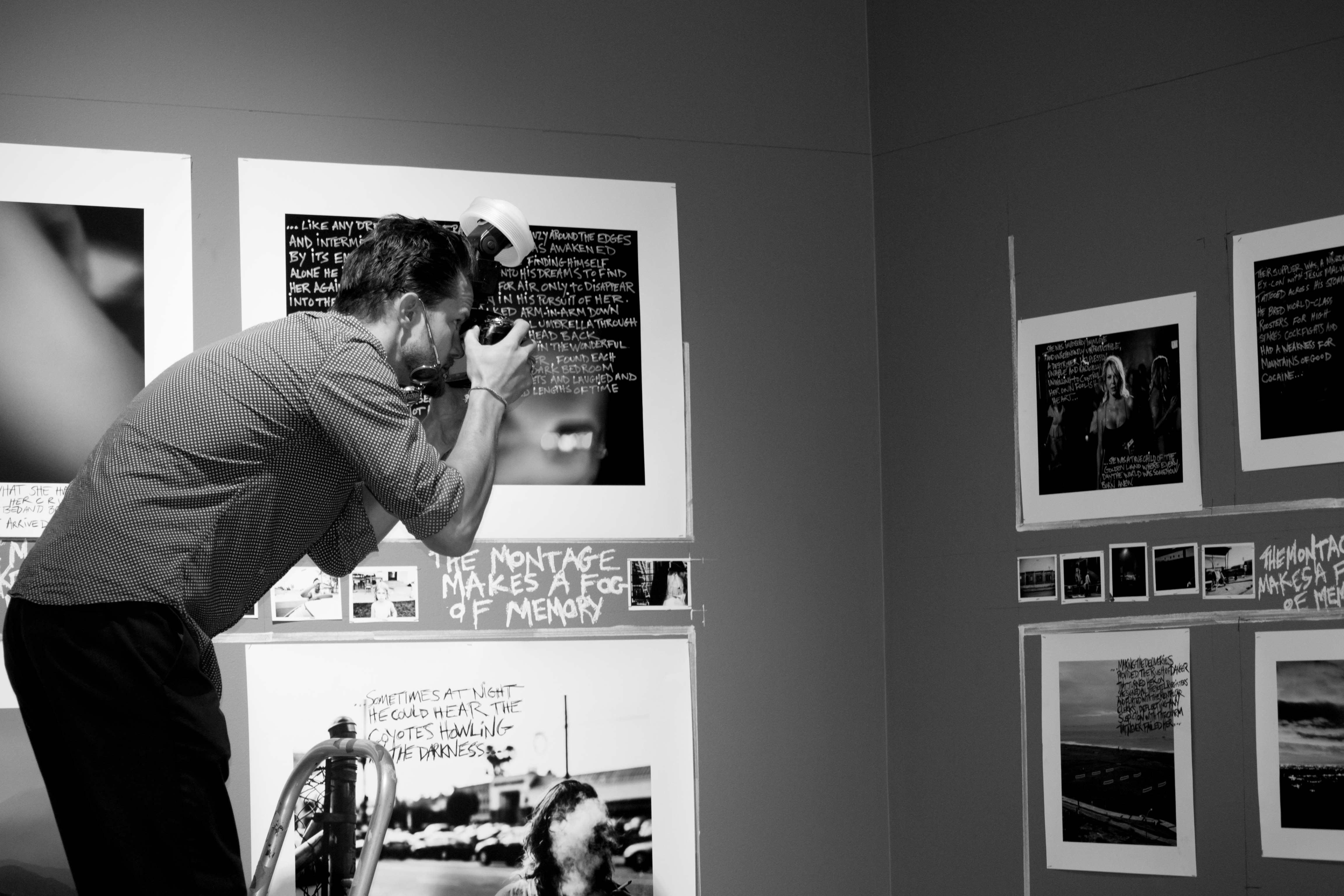
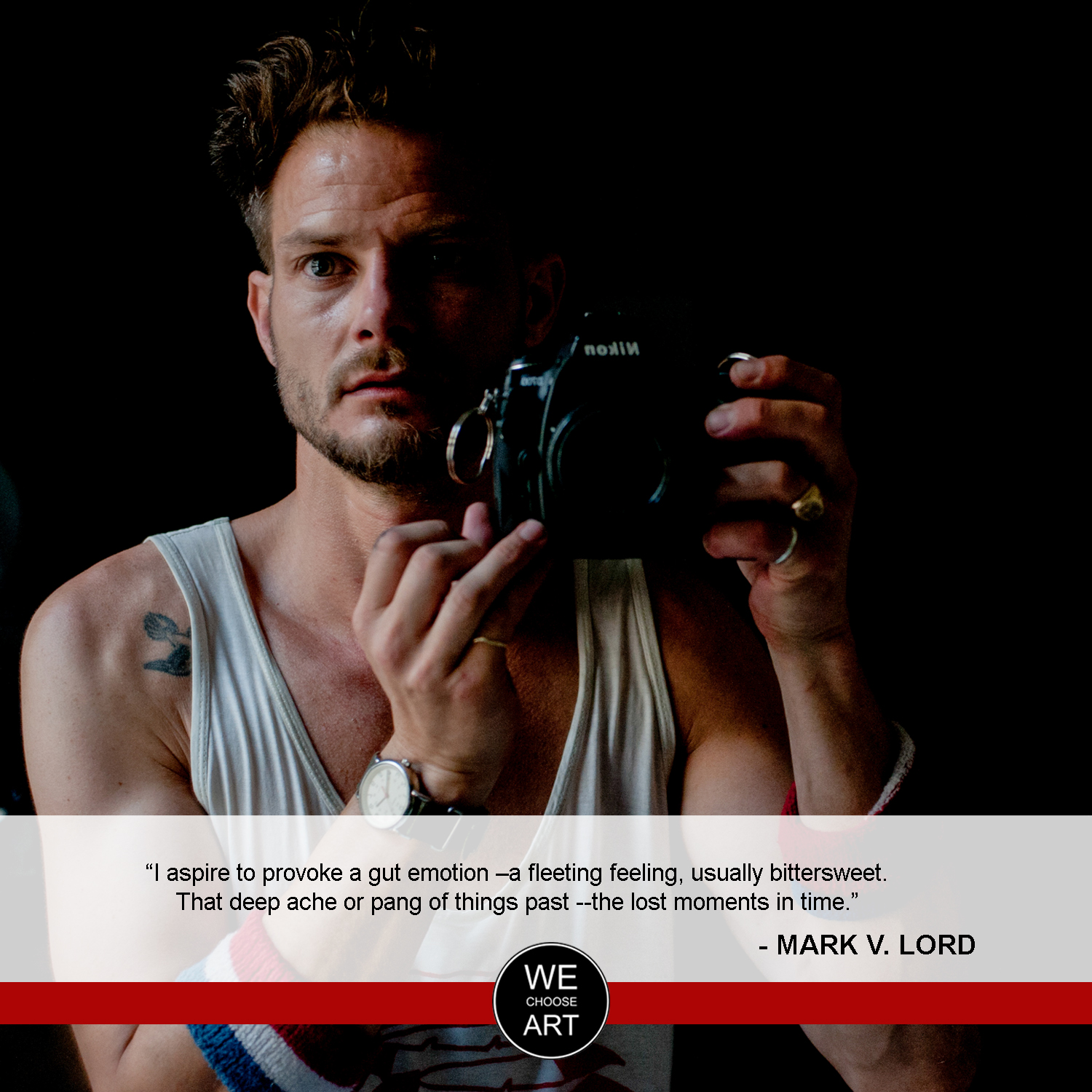






Great interview, Baha! Thank you for your support!